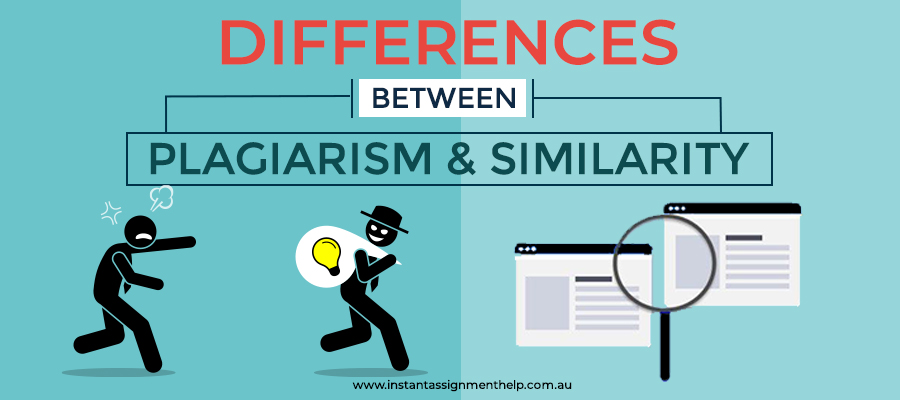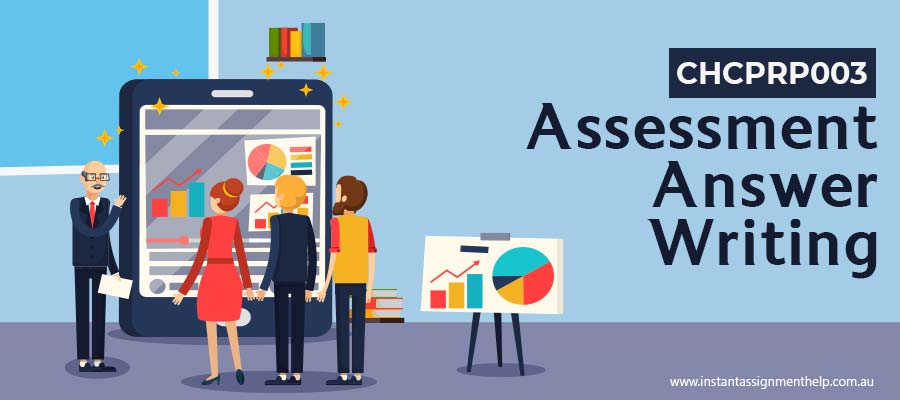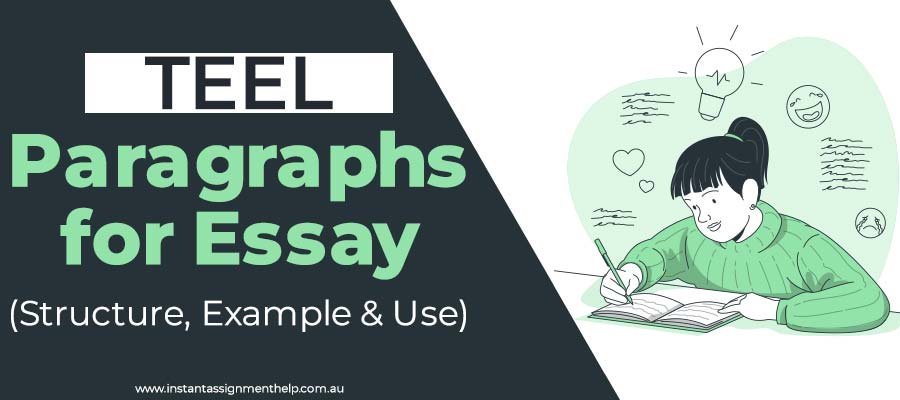Table Of Contents
Have you ever gone shopping?
Of course, you might have, right?
You might’ve found their different sections.
A section for different products and apparel, right?
Clothes, groceries, spices, stationery, and so on are some examples.
Similarly, when it comes to the English language, there are many different categories in it known together as genres. The set of features that are used to categorize the language into different genres are known as generic conventions. In other words, it is the generic conventions that help one decide which content belongs to what category. Now through this blog, we can look into this topic in detail for a better insight into it.
What Are Different Types of Genres?
Here is a list of genres one should know so that they can follow generic conventions to categorize the content into one of these types:
1. Action
This is a genre where a series of events leads the protagonist to indulge in violence, fighting, chases, stunts, feats, and so on. In this genre, the story and character of the victim, protagonist, and antagonist should be very clear and detailed to better convey the content.
2. Adventure
In this genre, the plot is set in a way that it includes the elements of travel, curiosity-causing situations, protagonist exploring places, leaving their homes, moving out of their comfort zone, and so on. Such writings require detailed descriptions of the surroundings and situations.
3. Drama
In drama genre, it includes the emotional development of realistic characters. This genre includes elements such as character, language, movement, relationships, role, situation, space, time, texts, and voice. These elements are used to provide the reader with a relative development.
4. Fantasy
Fantasy is a genre of imagination. This is inspired by real-life myths and folklore and includes mostly unrealistic things. Magical realism, epic fantasy, sword and sorcery, fairytales, fables, superhero fiction, etc., are some sub-genres of this fantasy genre.
5. Horror
This genre of horror is another famous category where the content produced has the caliber to frighten, scare, startle, or disgust the reader. Fear, surprise, suspense, mystery, and spoilers are some factors that are a must to include in the horror genre.
6. Mystery
The mystery is a genre that deals with death, crime, or suspense. This includes a professional or detective solving the crime- the protagonist, and suspects who are related to this directly or indirectly. He relates the found clues with the situation and solves the problem.
7. Mythology
Mythology is a non-fiction genre that is about Gods and their religion. This includes people’s perspectives, God’s saying, and the importance of their beliefs. Norse Mythology, West African Mythology, Greek Mythology, Sumerian Mythology, Japanese Mythology are some of its sub-genres.
8. Romance
This is a genre that revolves around love and a romantic relationship between two people. This discusses how people met, fell in love, fought with the world, and decided to stay together or separate their ways. A love triangle, sensibilities, secrets, rituals are some factors related to this genre.
|
Dystopia |
Satire |
|
Science Fiction |
Tragedy |
|
Tragic Comedy |
Young Adult Fiction |
These are some most commonly used genres that one can find in English. Now that we know the different types of genres let’s take a look at what are the 6 types of narrative conventions.
Different Types of Generic Conventions
1. Character
A character is a person, animal, being, creature, or anything in the story that has some actions to perform, dialogues to deliver, or a movement in the flow of the story.
2. Iconography
This is the feature used by writers for a better imagination of the script they’re writing. This includes identification, classification, description, and interpretation of elements that can help in visual representation.
3. Ideology
Ideology is a set of ideas and principles that are chosen to be followed. This particular feature of a piece of content can also be used for categorizing into genres.
4. Narratives
The narration of the story helps in a better understanding of the context, but it clears the concept for the reader. This is an important feature to look into a situation from different perspectives.
5. Setting
The ambiance, atmosphere, time period and the setting of the storyline is another important feature. This makes the story part a smooth flow and helps set the mood of the reader/audience.
6. Special Effects
When special effects are added to the story through visuals, descriptive writing, or such, it grasps the reader’s attention and creates a greater impact on the reader/audience.
|
Cinematography |
Miss-en-scene |
|
Sounds |
Visual Style |
|
Theme |
Stereotypes |
These are some generic conventions that can be used to categorize different genres. Now, drafting a plot, writing a story, or bringing up a document while keeping all these points in mind is not an easy task, and thus students end up in trouble. If you, too, can relate to this scene, then here is the next section for you.
You Might Also Find This Interesting: Best ways to improve your essay writing skills.
Who Can Help with Generic Conventions?
Usually, when students get stuck with their academic work, they get stressed and anxious about the same, which can lead them to depression. This is why our experts at Instant Assignment Help Australia make sure to give their best to ensure you score top grades. Wondering how we do that? Read along to know more…
- We note down all your requirements in detail so that we do not miss any of them while writing your document.
- Then we conduct in-depth research to collect the most information that is rich in quality to fill in your document.
- Once we are done with the research part, our expert writers make sure to draft your document in a clear and appealing way.
- Then we have this sent to our editors and proofreaders, who look into it in detail and ensure it is free from all errors.
- Finally, this document is sent to our quality analysts, who check for plagiarism.
These are the simple steps we follow every time to ensure that you get an impeccable piece of information to impress your professor and score top grades. So, what are you still waiting for? Reach out to us right away!
You may also like to read:
USD6
-
Topic CreationUSD 3.87
-
OutlineUSD 9.33
-
Unlimited RevisionsUSD 20.67
-
Editing/ProofreadingUSD 28
-
FormattingUSD 8
-
BibliographyUSD 7.33
RECENT BLOGS











